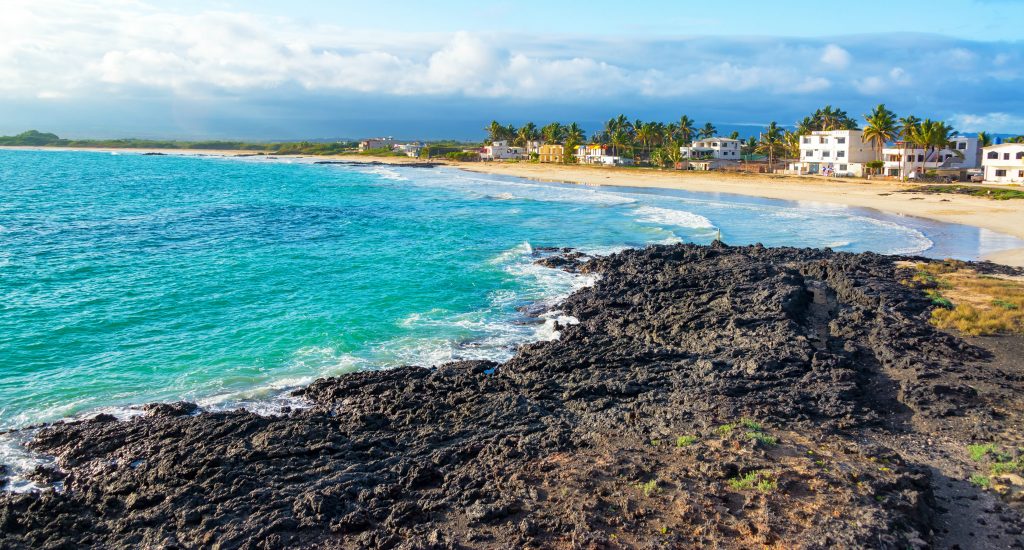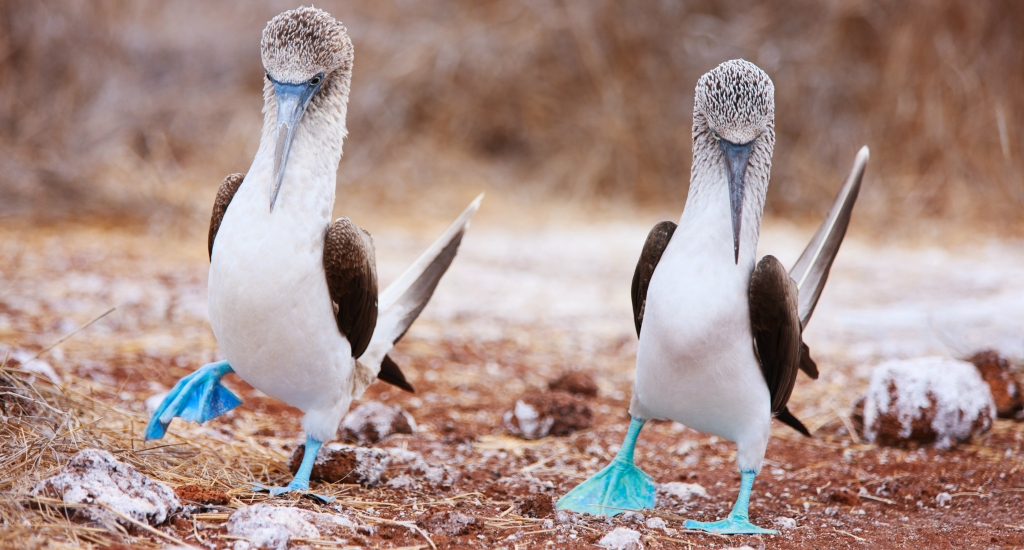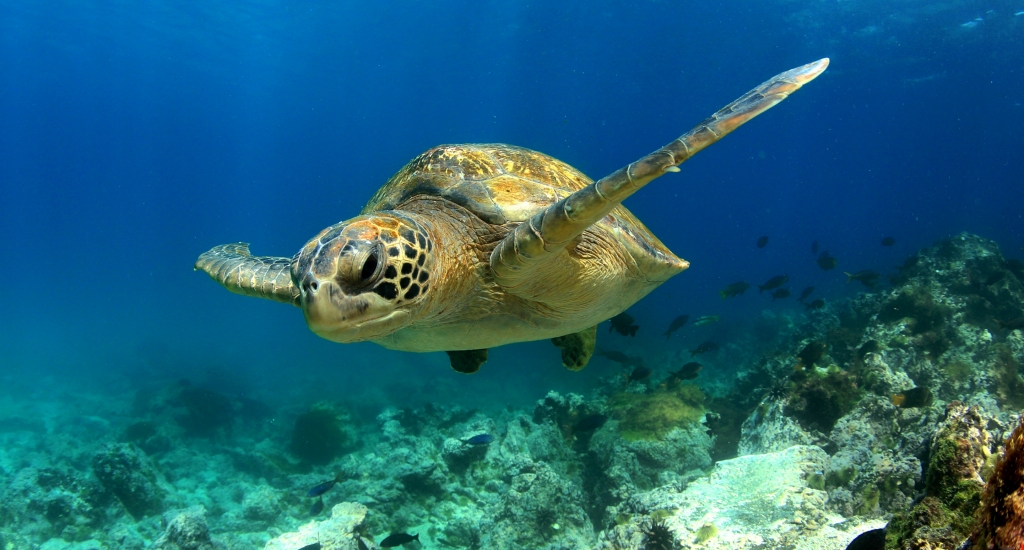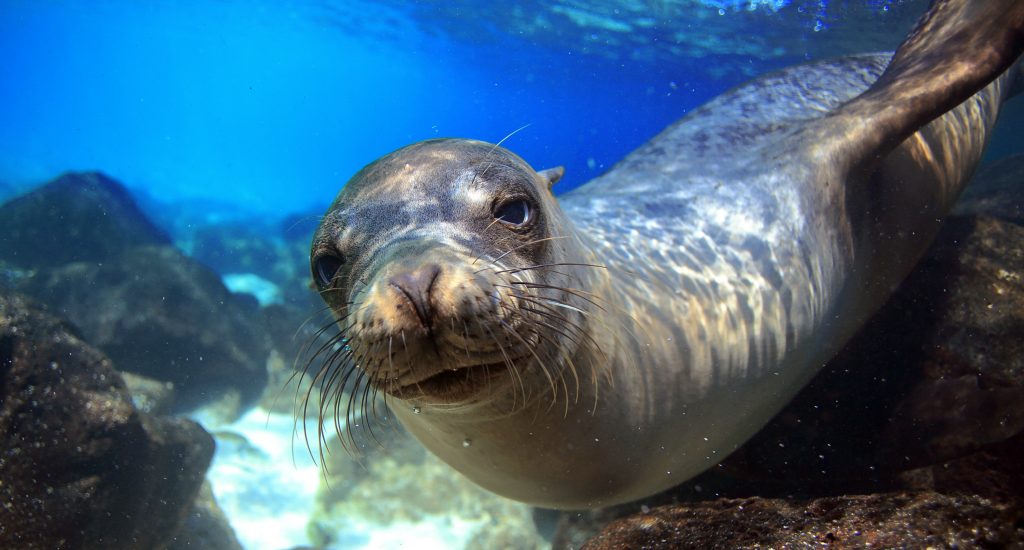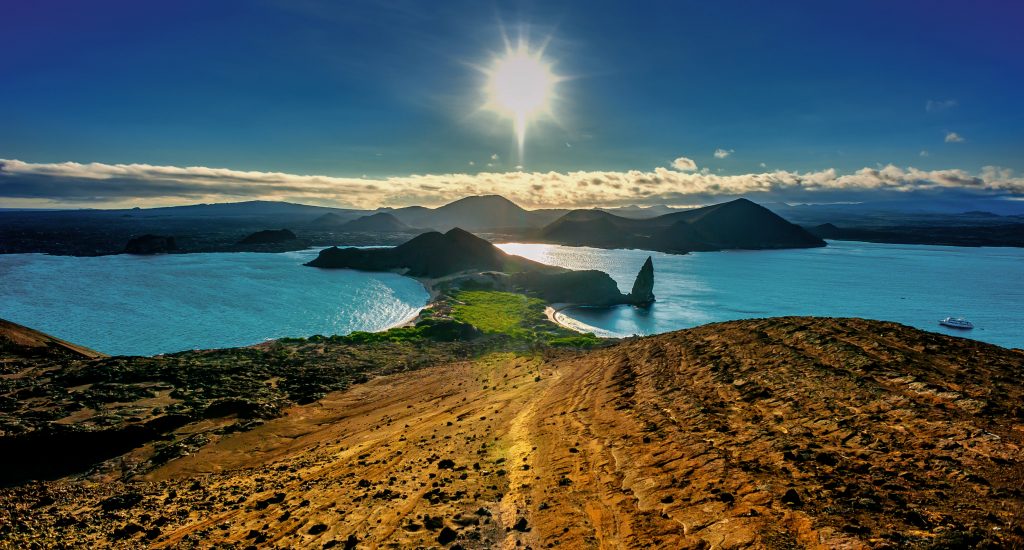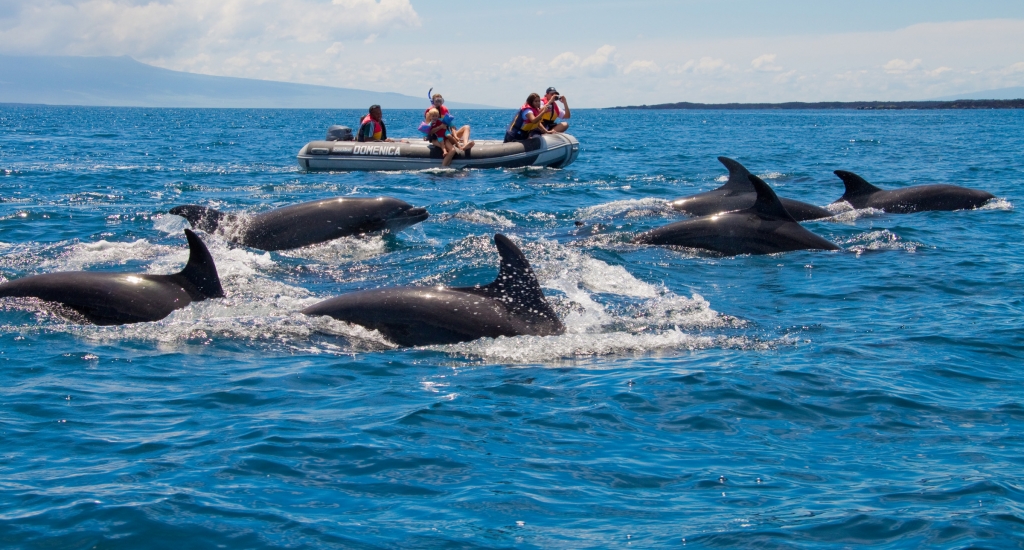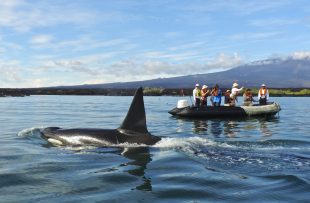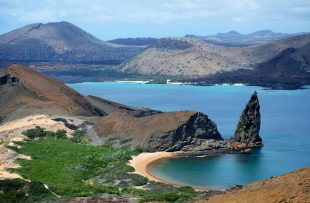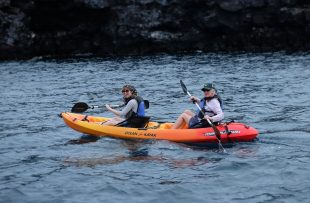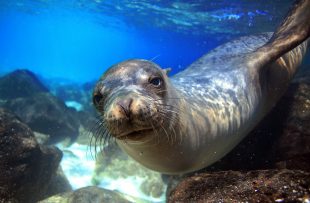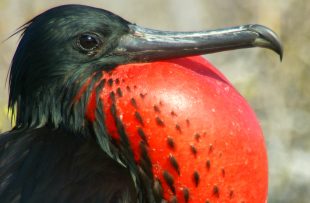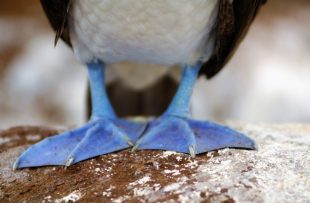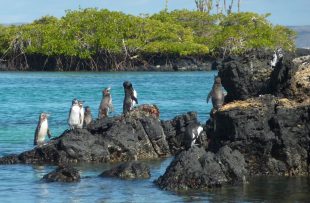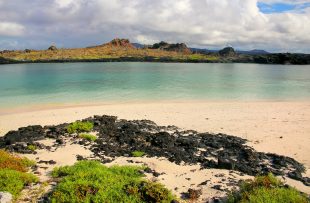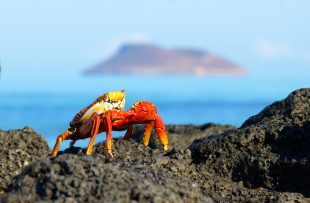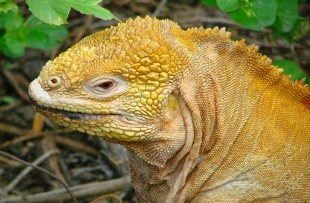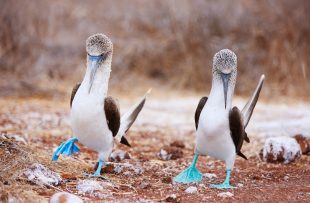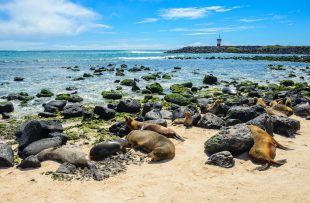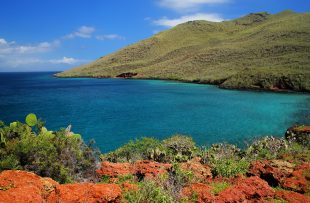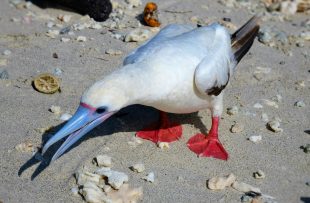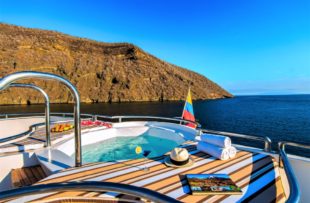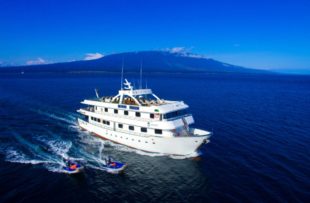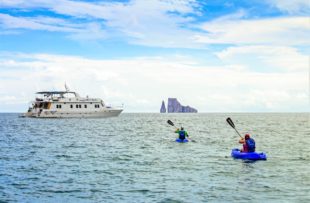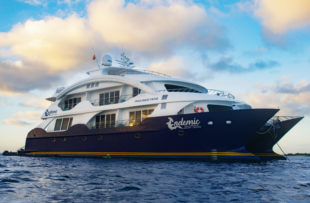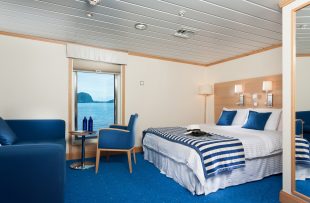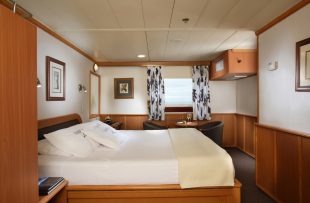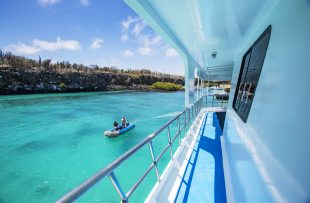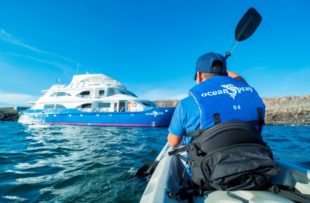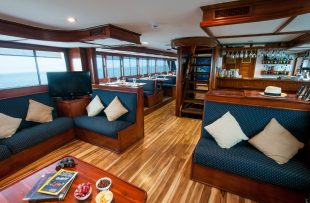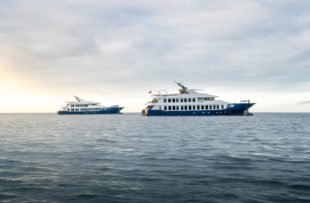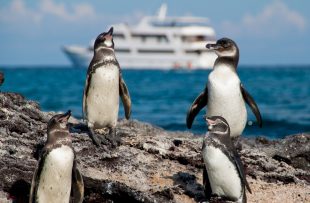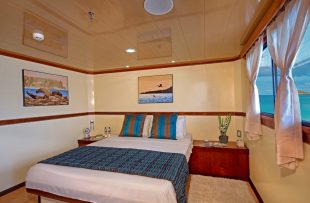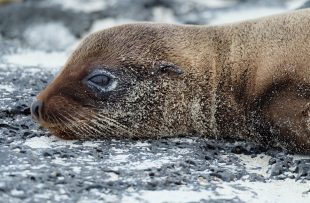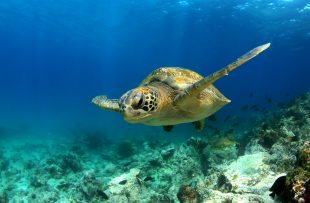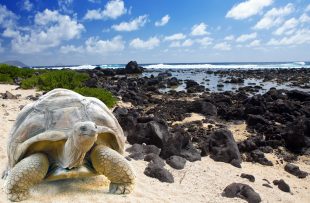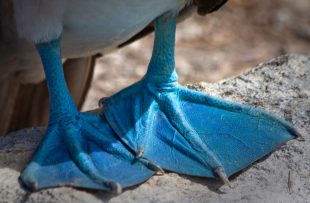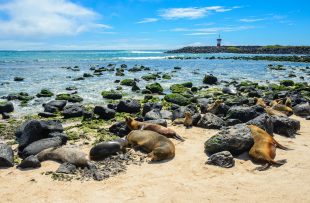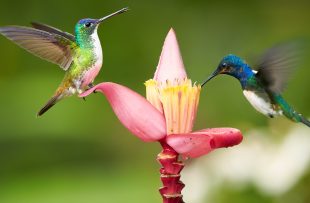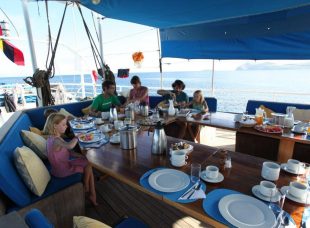Knowing where to start with Galapagos planning can be daunting – there are just so many islands to visit and animals to see! We can help simplify the process as we have an in-depth knowledge of these enchanting islands, the wildlife and boats that sail within the archipelago. To give you a few ideas – here are some commonly asked questions:
How long should I spend in the Galapagos?
Cruise itineraries tend to vary in length from three to seven nights. For the extreme Galapagos enthusiast, there is sometimes a fourteen-night itinerary. Three nights gives enough time for a whistle-stop tour, but we would usually recommend spending a minimum of four nights on board. For those with more time, seven nights gives you the opportunity for greater variety and more chance to see the most iconic wildlife.
What animals will I see?
We know the islands that will give you the best chance to see the iconic Galapagos wildlife; whether it’s the hordes of playful sealions, striking pink flamingos or lumbering giant tortoises that you’re looking for. Some species are endemic to a certain island, such as the waved albatross in Espanola, so we can discuss what you’d like to see during the planning process.
Which boat?
Boats range from sailboats carrying 16 people through to huge motor vessels with a capacity for more than 100 passengers. The standard varies enormously from simple tiny cabins through to spacious luxurious catamarans with private balconies and Jacuzzis. There is something for everyone!
What is involved in a typical Galapagos cruise?
Galapagos trips are very much expedition voyages rather than your typical ‘cruise’ itinerary. With activity rather than relaxation in mind, you will typically have at least two excursions per day with an occasional pause thrown in for the odd siesta! All meals are included throughout the cruise, these are typically a buffet style and are a sociable experience. Activities from day to day will vary – perhaps you’ll have a snorkelling trip to see colourful marine life in the morning, followed by a stroll through highlands to spot tortoises or a boat ride to see blue-footed boobies nesting in the rocks. You are accompanied throughout by your naturalist guide, with a maximum of 16 other passengers. Your guide is on hand to answer questions and will give details on the geology and wildlife of each destination.
Do I need to be fit?
Galapagos cruises attract people of all ages, and the intensity of most activities is low to medium. All excursions are optional and the short walks are usually interspersed with lots of breaks. Snorkelling is a focus of Galapagos trips, so it may be worth looking at larger boats which have the option of a glass bottom boat if this is not something that appeals.You will travel ashore by panga (a small inflatable boat with a motor) so you will need to be relatively mobile to get in and out of the boat. Occasionally you will have ‘wet’ landings, which means exiting the beach into ankle deep water.
Conservation?
Fortunately there are strict measures in place to protect this fragile ecosystem, so that visitors have as little impact as is possible. Your Galapagos park fee contributes to regulation for each site and there are strict controls and codes of conduct. There is a heavy focus on conservation and you will learn more about this during your time on the islands. These include tight restrictions on itineraries, including the requirement of being accompanied by a naturalist guide in all protected areas. There has also been a focus on repatriation of non-native and invasive species, nest protection, reforestation and mass recycling projects.


